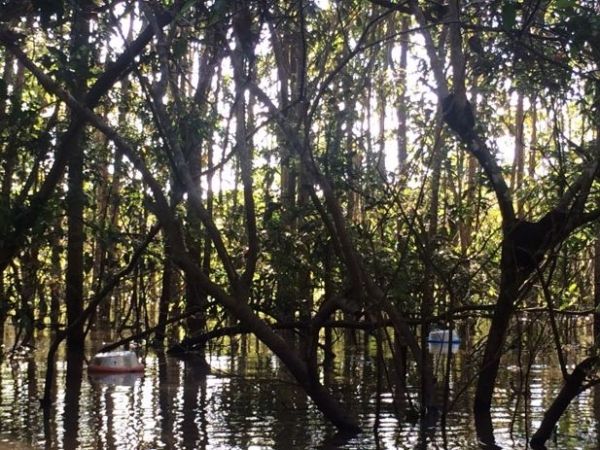Most of the methane gas emitted from Amazon wetlands regions is vented into the atmosphere via tree root systems – with significant emissions occurring even when the ground is not flooded, say researchers at the University of Birmingham.
In a study published in the Royal Society journal, Philosophical Transactions A, the researchers have found evidence that far more methane is emitted by trees growing on floodplains in the Amazon basin than by soil or surface water and this occurs in both wet and dry conditions.
Methane is the second most important greenhouse gas and much of our atmospheric methane comes from wetlands. A great deal of research is being carried on into exactly how much methane is emitted via this route, but models typically assume that the gas is only produced when the ground is completely flooded and underwater.
In wetland areas where there are no trees, methane would typically be consumed by the soil on its way to the surface, but in forested wetland areas, the researchers say the tree roots could be acting as a transport system for the gas, up to the surface where it vents into the atmosphere from the tree trunks.
Read more at: University of Birmingham
Photo Credit: Viviane Figueiredo Souza


